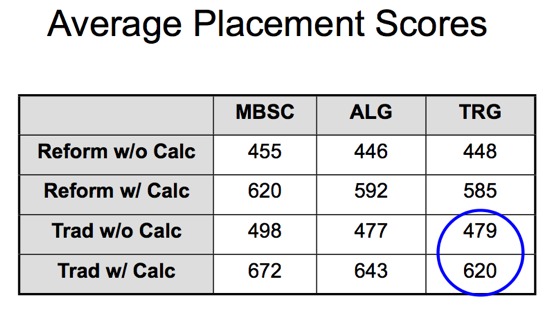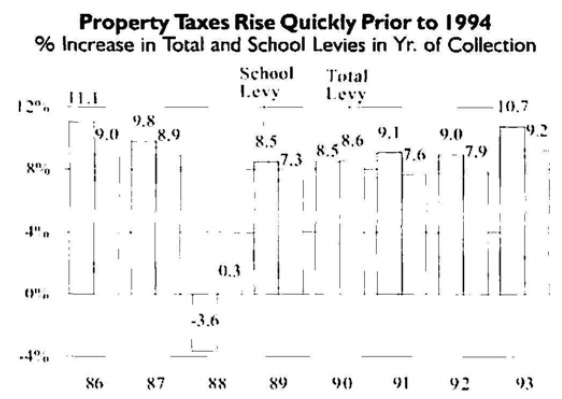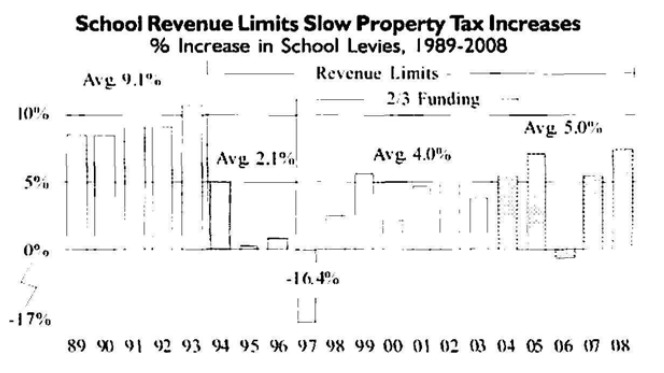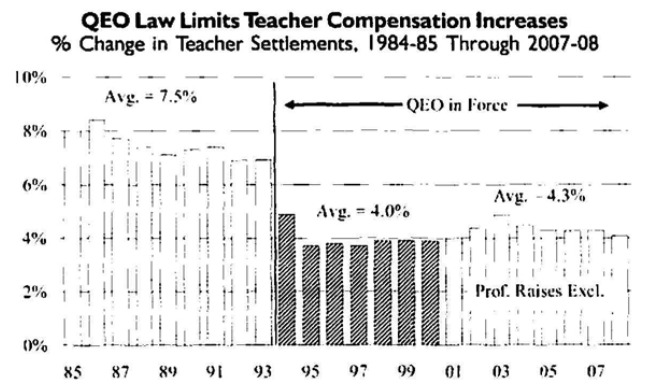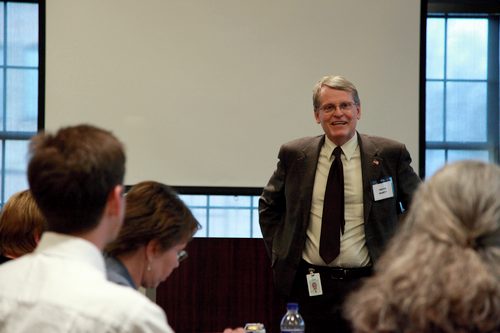The Boston Globe has been publishing for 137 years, and the news that it may have to fold has distressed its many readers. Each Fall, Winter and Spring the paper publishes a special section, of 14 pages or so, on notable local public high school athletes and their coaches. There is a mention of athletes and coaches at local prep schools as well.
The latest Boston Globe’s Winter “ALL-SCHOLASTICS” section arrived, with the “ten moments that stood out among the countless athletic stories in Massachusetts.” There are reports on the best athletes and coaches in Skiing, Boys’ Basketball, Girls’ Basketball, Boys’ Hockey, Girls’ Hockey, Boys’ Track, Girls’ Track, Boys’ Swimming, Girls’ Swimming, Preps, Wrestling, and Gymnastics. The Preps and Gymnastics parts consolidate boys’ and girls’ accomplishments, perhaps to save space (and cost).
Each full-page section also features photographs of 9-16 athletes, with perhaps a twitter-sized paragraph on their achievements. In addition, there are 30 photos and tweets about some coaches, spread among the various sports. There are 26 “Prep” athletes mentioned, from various sports, but I didn’t see any “Prep” coaches profiled. For each high school sport there are two “athletes of the year” identified, and all the coaches are “coaches of the year” in their sport.
There may be, at this time, some high school “students of the year” in English, math, Chinese, physics, Latin, chemistry, European history, U.S. history, biology, and the like. There may also be high school “teachers of the year” in these and other academic subjects, but their names and descriptions are not to be found in The Boston Globe, perhaps the most well-known paper in the “Athens of America” (Boston).
It may be the case, indeed it probably is the case, that some of the athletes featured in the Winter “All-Scholastics” section today are also high school students of math, history, English, science, and languages, but you would not know that from the coverage of The Boston Globe. The coaches of the year may in many, if not all, cases, also be teachers of academic subjects in the Massachusetts public and private schools, but that remains only a guess as well.
When the British architect Christopher Wren was buried in 1723, part of his epitaph, written by his eldest son, Christopher Wren, Jr., read: “Lector, si monumentum requiris, Circumspice.” If you wanted to judge his interest, efforts and accomplishments, all you had to do was look around you. His work was there for all to see.
The work of Massachusetts high school athletes and coaches is all around us in The Boston Globe on a regular basis, but the work of our high school scholars and teachers is nowhere to be seen in that public record.
If one seeks a monument to anti-academic and anti-intellectual views and practices in Boston today, one need look no further than The Boston Globe. I read it every day, and I will be sorry to see it fold, if it does, but I will not miss its attention to and recognition of the academic efforts and accomplishments of Massachusetts secondary students and their teachers, because there is none now, and never has been any, no matter how many reports on education reform and academic standards it may have published over the years. If you ask how much The Boston Globe editors (and I am sure The Globe is not alone in this) cares about the good academic work now actually being done by high school teachers and their students in Massachusetts, the answer is, from the evidence, that they do not.
